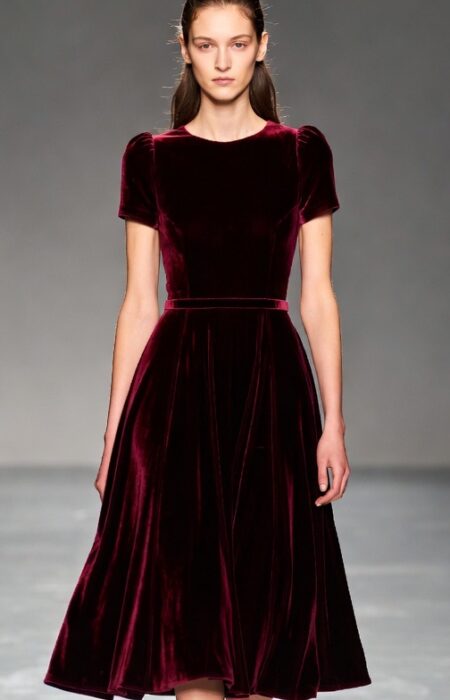
Layering clothes is a timeless technique that not only elevates your style but also ensures comfort throughout the year. Whether you’re facing the heat of summer, the chill of winter, or the transitional breezes of spring and fall, knowing how to layer effectively can make a huge difference. This guide will take you through the basics of layering clothes for each season, helping you to look stylish and feel comfortable no matter the weather.
The Art of Layering: Why It Matters
Layering isn’t just about piling on clothes; it’s about creating a look that is both functional and fashionable. Proper layering allows you to adapt to temperature changes throughout the day, keeps you comfortable, and gives you the opportunity to play with different textures, colors, and styles. By mastering the art of layering, you can maximize your wardrobe’s versatility, making your clothes work harder for you in every season.
Layering for Spring: Light and Breezy
Spring is all about transition – moving from the cold of winter to the warmth of summer. This season calls for light layers that you can easily put on or take off as the temperature fluctuates.
Base Layer: Start with a lightweight, breathable fabric like a cotton t-shirt or a silk blouse. These fabrics are comfortable against the skin and allow air to circulate.
Middle Layer: Opt for a light sweater, cardigan, or denim jacket. This layer provides warmth without being too bulky and can be easily removed if the weather warms up.
Outer Layer: A trench coat or a lightweight waterproof jacket is perfect for spring showers. Look for styles with adjustable features like drawstrings or belts to cinch in your waist and create a flattering silhouette.
Accessories: Add a scarf for extra warmth during chilly mornings and evenings. Choose a scarf in a bright color or floral pattern to embrace the season’s vibe.
Summer Layering: Light and Airy
Summer might seem like the time to avoid layers, but strategic layering can help you stay cool and stylish. The key is to use lightweight, breathable fabrics and keep things loose.
Base Layer: Start with a sleeveless top or a tank made from natural fabrics like cotton or linen. These materials wick moisture away from the body and keep you cool.
Middle Layer: A sheer blouse or kimono can add a layer of style without adding heat. Look for materials that are lightweight and flowy.
Outer Layer: If you need a cover-up for the evening, a light denim jacket or a linen blazer works well. These can be easily draped over your shoulders for a chic, effortless look.
Accessories: Hats and sunglasses not only protect from the sun but also add an extra style element. A light, wide-brimmed hat can make your outfit more sophisticated.
Fall Layering: Warm and Cozy
Fall is all about warmth and comfort. Think of cozy textures and rich colors that mirror the changing leaves.
Base Layer: Start with a fitted long-sleeve top or turtleneck. This layer should be close to the body to provide warmth.
Middle Layer: Choose a chunky knit sweater or a plaid shirt. These are perfect for adding warmth and can be easily worn over or under other layers.
Outer Layer: A versatile jacket, such as a leather or denim jacket, is essential. If it gets colder, consider a wool coat or a padded vest for added warmth.
Accessories: Scarves, beanies, and gloves become necessary as temperatures drop. Opt for accessories in earth tones like rust, olive, or mustard to complement the fall palette.
Winter Layering: Practical and Stylish
Winter layering is about combining functionality with style. The goal is to keep warm while still looking chic.
Base Layer: Invest in thermal tops or long-sleeve undershirts made from moisture-wicking fabric. These will keep you warm without causing you to overheat.
Middle Layer: Wool sweaters, cardigans, or fleece-lined tops provide insulation. Choose styles that can be easily layered over your base layer and under your coat.
Outer Layer: A heavy coat, such as a parka or a puffer jacket, is essential for braving the cold. Look for coats with insulation and water-resistant features to protect against snow and rain.
Accessories: Scarves, gloves, and hats are a must. Opt for pieces made from wool or cashmere for maximum warmth. Don’t forget thermal socks and boots to keep your feet cozy.
Tips for Successful Layering
Balance: Avoid looking bulky by balancing your layers. If you wear a thick top layer, keep your base and middle layers thinner.
Play with Textures: Combining different textures, like silk, wool, and denim, can add depth to your outfit.
Color Coordination: Use a cohesive color palette to create a polished look. Neutral base layers with colorful or patterned outer layers can make your outfit pop.
Functionality: Ensure that each layer can be easily added or removed to adapt to changing temperatures.
Conclusion
Layering is an essential skill for every season, providing both comfort and style. By understanding how to layer effectively, you can create versatile outfits that work all year round. Start with a solid base layer, add a functional middle layer, and finish with an outer layer that suits the season. Don’t forget to accessorize to complete your look. With these tips, you’ll be well on your way to mastering the art of layering clothes for any weather.










